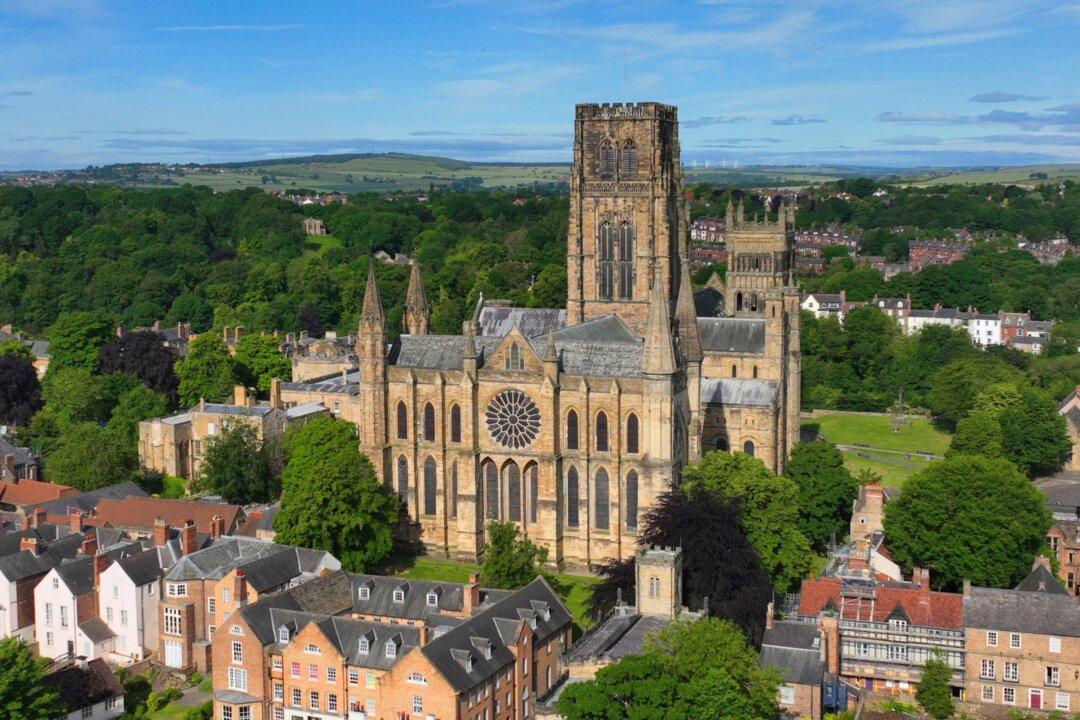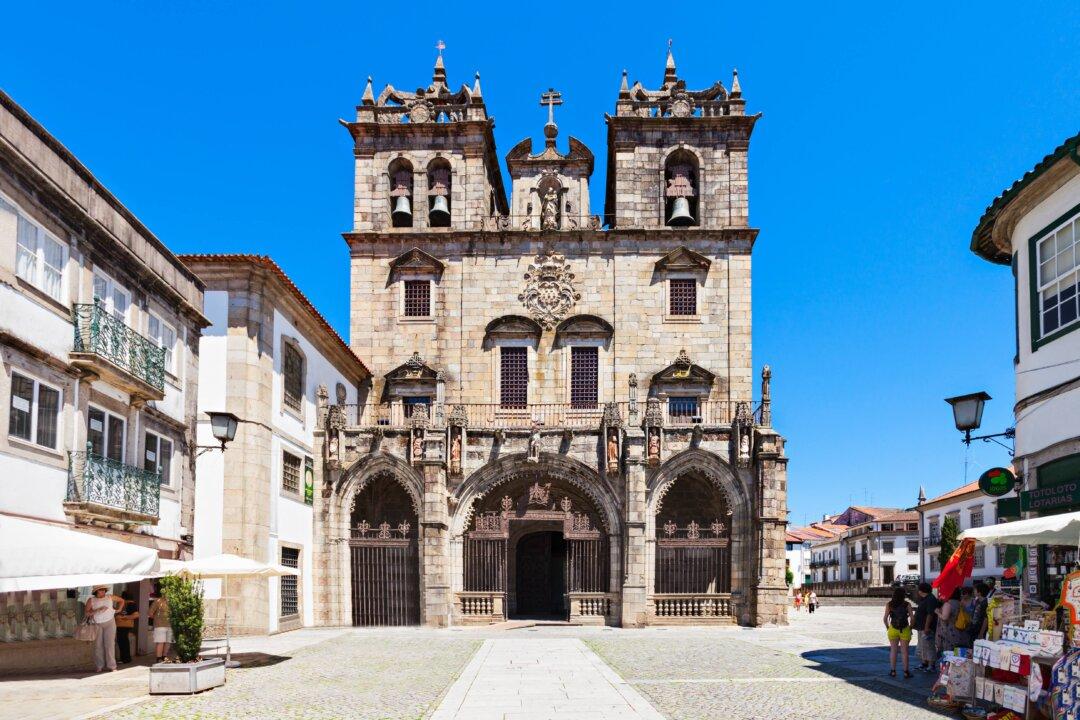A masterwork of poetic prose and one of the first-ever books written in English, the “Canterbury Tales” displays English cultural history, giving modern readers an insight into medieval society. And what better character to represent the ideal values of 14th-century England than a knight in shining armor?
Written by Geoffrey Chaucer from 1387 until his death in 1400, these 24 tales follow 31 pilgrims from different social classes and occupations on their journey from Southwark, London, to the shrine of St. Thomas Becket in Canterbury. During their pilgrimage, they entertain themselves by telling each other varied tales. Through both their characters and tales, they give readers a glimpse into the different medieval social classes and their values.






